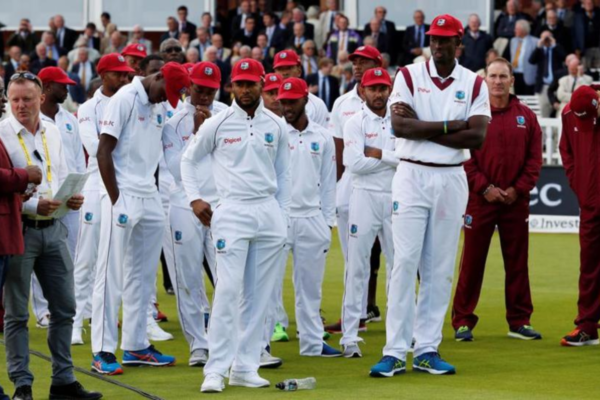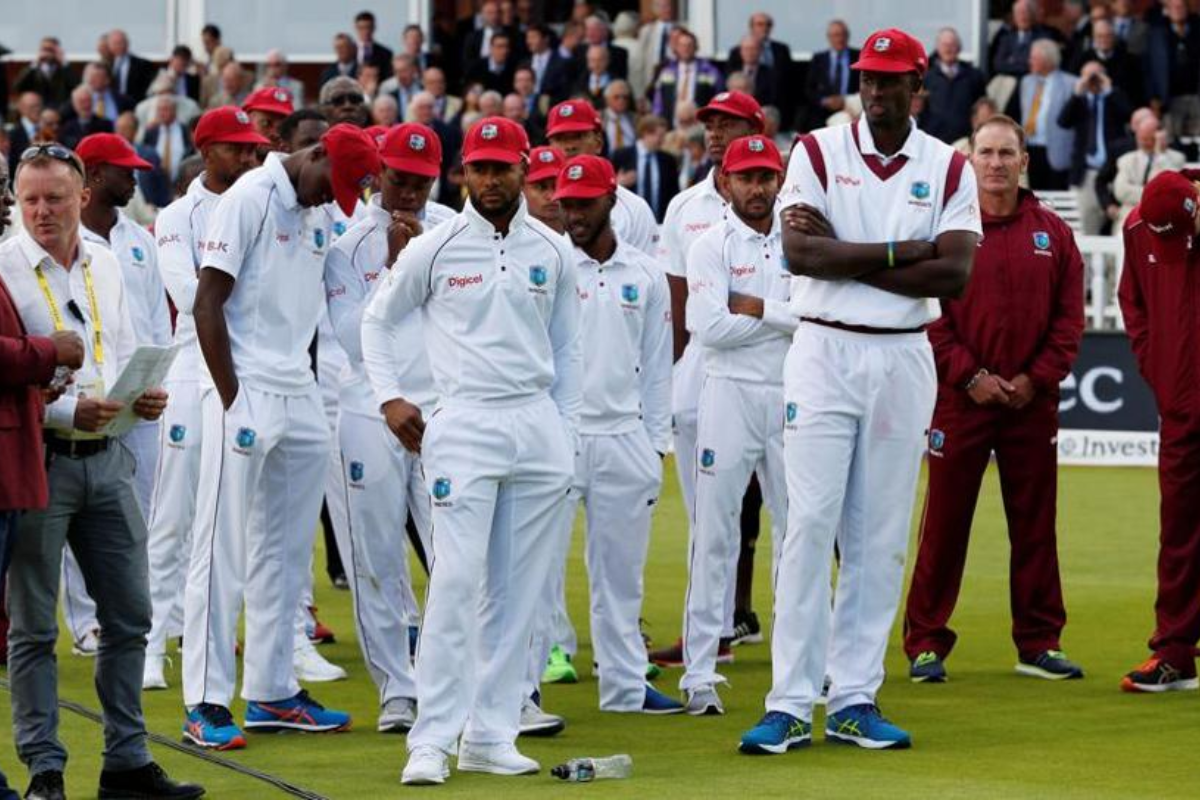
The two-tier framework has been in discussions since the past 15 years.

The West Indies were one of the most feared teams for a long period in Test cricket history. They ruled the game for a long period of time, since the 1970s till the late 1990s. Players like Vivian Richards, Clive Lloyd, Malcolm Marshall, Michael Holding and Joel Garner could rattle batting teams to their core. The sheer pace and movement they could generate behind the ball was second to none. On the batting front, Richards and Lloyd used to torment bowlers and take them to the cleaners. But things have changed. The West Indies are no longer the same team that they used to be.
Their recent series against Australia at home ended in a huge disappointment for the hosts. They were bundled out for a mere 27 runs in the second innings of the third Test. This was a clear indication that things need to change, and they need to change quickly. From one of the most feared teams in the world, the West Indies have lost the pedigree they once used to have. Their processes have gone for a toss, and their domestic structure is in turmoil.
The West Indies Cricket Board recently convened a meeting consisting of all the top officials of the board. They also invited the likes of Brian Lara, Vivian Richards and Clive Lloyd to plan how their cricket can improve. The idea of the meeting was to lay a roadmap to revive West Indies cricket. The series against Australia was the first assignment for head coach Darren Sammy, and 3-0 was a humiliating result.
One of the central talking points has been the possibility of the introduction of a two-tier system in the WTC. The discussions for the two-tier system have been doing the rounds since the past 15 years. If that system goes through, the West Indies will be one of the teams which will not be in the top-tier contention. The Windies finished eighth out of the nine teams in all of the editions of the WTC so far, and would have to go into the second tier with teams like Bangladesh and Afghanistan.
Former cricketer Clive Lloyd pointed out that the West Indies were one of the top teams in the world for close to a century, and they must get an advantage despite the recent fall in standards. He stated that teams like India, Australia and England will be handed 180 million, whereas the West Indies will have to be satisfied with 80 million. This is why the former left-handed legend wishes to ask for a special dispensation.
“To me, it’s not right. We have to stand up. We have to go to the ICC and ask for special dispensation. Because when we were in the ascendancy, and we were playing so well, everyone wanted to play with us. We need to get a better share of the pie, because we were the cash cows for a long time” orated Lloyd citing concerns over the two-tier system.
When the Windies were in their purple patch, each team in the world wanted to play against them. They used to attract huge crowds wherever they used to play – be it in Australia, England or even in India and Pakistan. This is where Lloyd feels that the ICC needs to grant them a leverage, as opposed to other teams.
ALSO READ:
As of now, the top nine Test teams in the world constitute the World Test Championship (WTC), which is played over a period of two years in each cycle. New Zealand, Australia and South Africa have lifted the Test mace in the last three editions of the World Test Championship.
A two-tier system in the WTC will mean that the teams contesting in the two-year competition will be divided into two groups. These groups will be the Tier-1 and Tier-2. The former will contain all the higher ranked teams like India, Australia and England. On the other hand, Tier-2 will contain teams which are lower-ranked or developing Test nations. These will include Zimbabwe, Afghanistan, Bangladesh and Ireland. Having said that, teams in each tier would play matches against those in their same group. In short, a team from Tier-1 cannot play a series against a team in the other Tier.
After each cycle, the best performing teams from the second tier would get promoted to the top-tier. Similarly, the teams in the top-tier which will not perform well will be relegated to the second tier. The system is designed in a way that would promote competitiveness and reduce the extent of one-sided matches. But it is not that straightforward. The two-tier proposal has another side of implications.
As far as the revenue side is concerned, lower placed teams will miss the chance to play against higher placed teams. Moreover, this might make it difficult for the newer Test nations to crack into the system. And it will elude them from playing games against top teams in the world. Also, all the Test playing nations will not have an opportunity to be in the top-tier. This is because it will be dependent on performance.